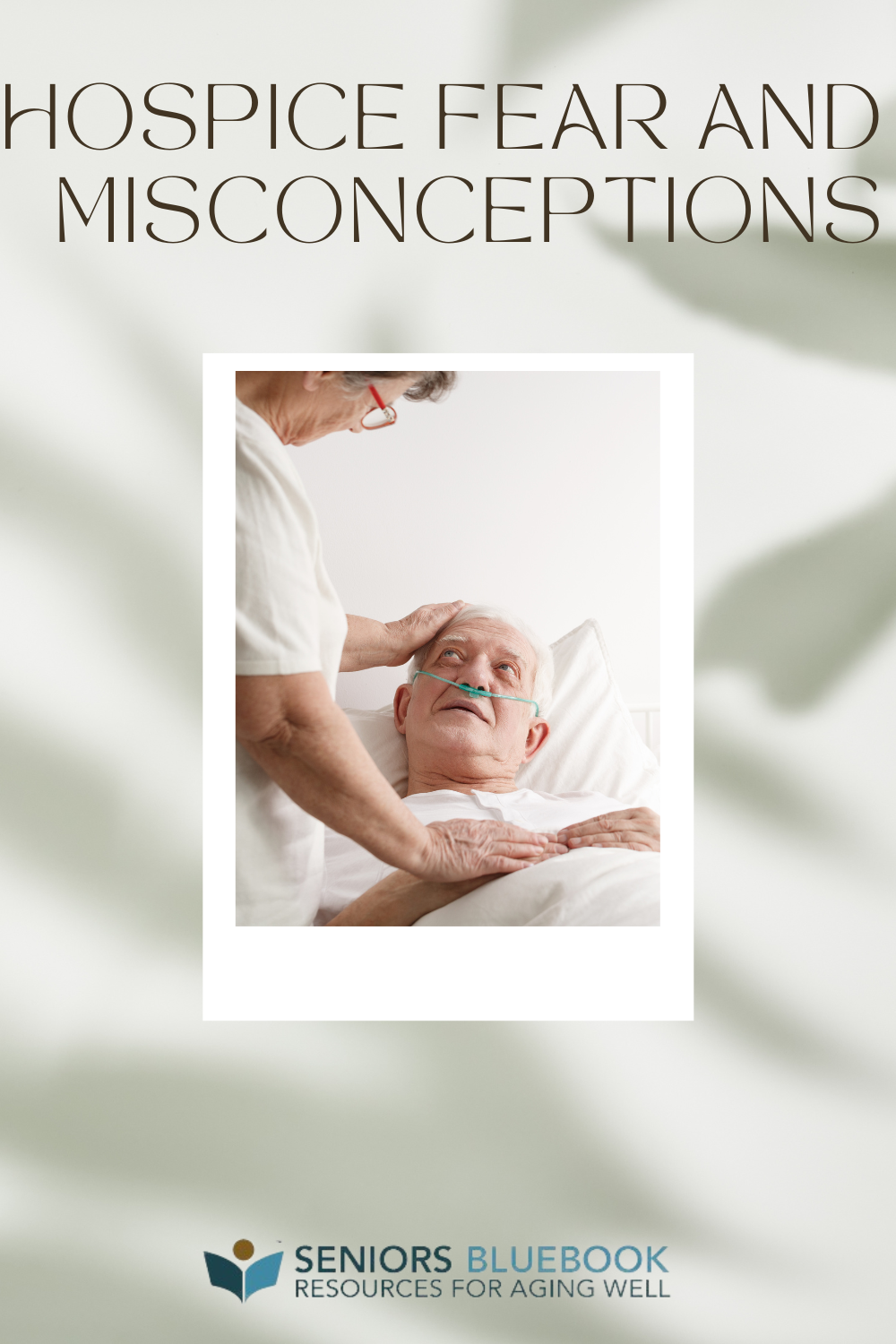PHONE
Click to View NumberEmail US
Click to Email UsSee More
Additional Services Offered
Sangre De Cristo Community Care - Walsenburg
Palliative CareSangre de Cristo Community Care is your local expert in end-of-life care, providing services throughout Southern Colorado. Sangre de Cristo Community Care is a not-for-profit organization, offering care to everyone, regardless of one~s ability to pay. Other programs include hospice, palliative care for individuals with serious illnesses; grief support, available to anyone in the community; caregiver assistance; volunteer; We Honor Veterans program and, others. The mission of Sangre de Cristo Community Care is to enhance the quality of life and to maintain the integrity of individuals and their families in need of supportive or end-of-life services by offering them symptom management, support, comfort, and compassion.
Sangre De Cristo Community Care
Palliative Care 1920 Valley Drive, Pueblo County, Pueblo, Colorado, 81008Sangre de Cristo Community Care is your local expert in end-of-life care, providing services throughout Southern Colorado. Sangre de Cristo Community Care is a not-for-profit organization, offering care to everyone, regardless of one~s ability to pay. Other programs include hospice, palliative care for individuals with serious illnesses; grief support, available to anyone in the community; caregiver assistance; volunteer; We Honor Veterans program and, others. The mission of Sangre de Cristo Community Care is to enhance the quality of life and to maintain the integrity of individuals and their families in need of supportive or end-of-life services by offering them symptom management, support, comfort, and compassion.
Sangre De Cristo Community Care
Volunteer Opportunities 1920 Valley Drive, Pueblo County, Pueblo, Colorado, 81008Sangre de Cristo Community Care is your local expert in end-of-life care, providing services throughout Southern Colorado. Sangre de Cristo Community Care is a not-for-profit organization, offering care to everyone, regardless of one~s ability to pay. Other programs include hospice, palliative care for individuals with serious illnesses; grief support, available to anyone in the community; caregiver assistance; volunteer; We Honor Veterans program and ,others. The mission of Sangre de Cristo Community Care is to enhance the quality of life and to maintain the integrity of individuals and their families in need of supportive or end-of-life services by offering them symptom management, support, comfort, and compassion.
Sangre De Cristo Community Care - Cañon City
Hospice 601 Greenwood Avenue, Fremont County, Canon City, Colorado, 81212Sangre de Cristo Community Care is your local expert in end-of-life care, providing services throughout Southern Colorado. Sangre de Cristo is a not-for-profit organization, offering care to everyone, regardless of one~s ability to pay. Other programs include hospice and palliative care for individuals with serious illnesses; grief support, available to anyone in the community; caregiver assistance; volunteer; We Honor Veterans program; and, others. The mission of Sangre de Cristo Community Care is to enhance the quality of life and to maintain the integrity of individuals and their families in need of supportive or end-of-life services by offering them symptom management, support, comfort, and compassion.
Continue Your Search! Explore More Local Options.
Start SearchingLet’s engage and get educated!
Browse through thousands of expert articles in over 100 different categories.
Browse Now

